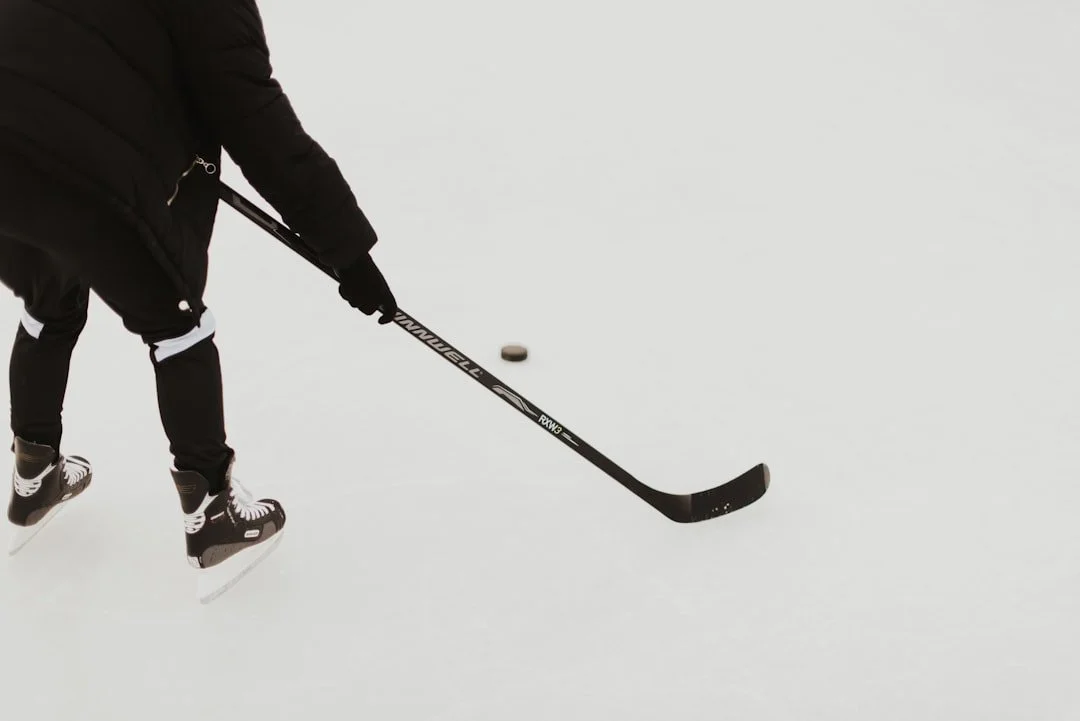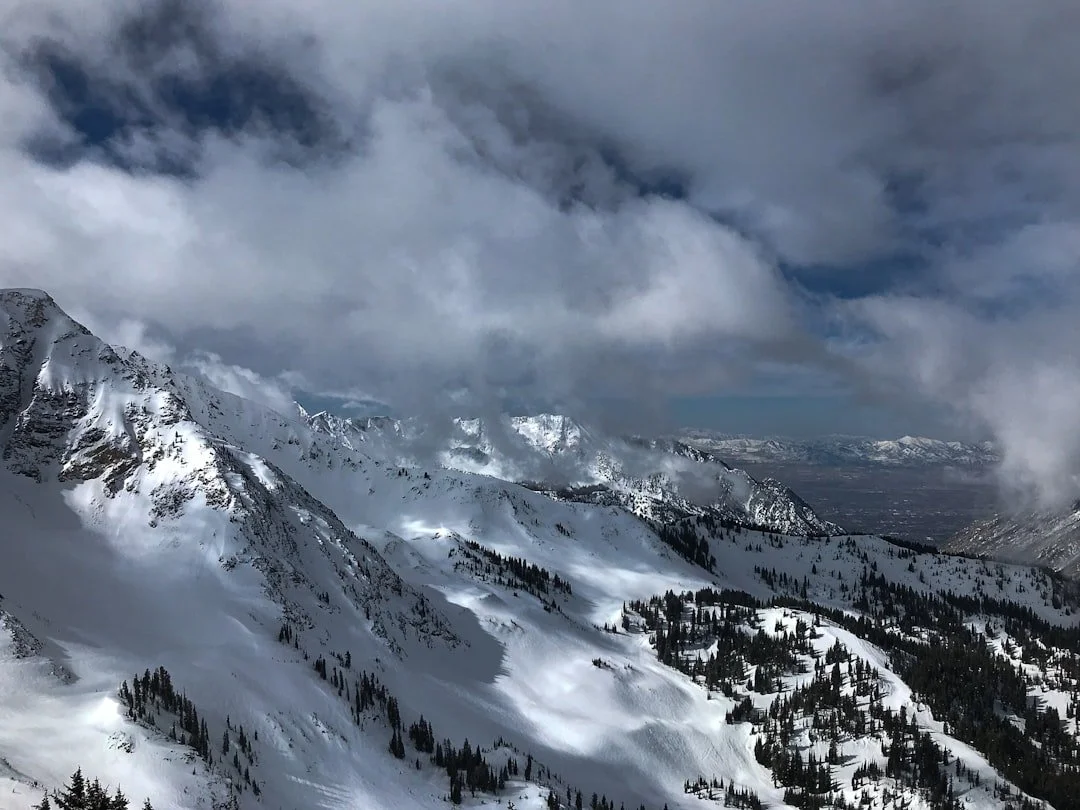Recovering from Ski Injuries? Here's How Denver PT Can Help You Get Back on the Slopes
By Brett Green, PT, DPT • 2025-10-06
Colorado's pristine slopes calling your name, but your knee has other plans?
You're cruising down Loveland Pass when suddenly—pop. That sickening sound that every skier dreads. Your season just got cut short, and you're facing months of uncertainty about whether you'll ever feel confident on skis again.
Here's the thing: 1,426 traumatic ski injuries were treated at Colorado trauma centers during the 2017-18 season alone. You're definitely not alone in this. And while that number sounds scary, the recovery stories I see every day in my Denver clinic prove that with the right approach, you can absolutely get back to the sport you love.
The Reality Check: What Actually Happens When You Blow Your Knee
Let's skip the sugar-coating. Knee injuries—especially ACL tears—are brutal. The research shows 6-9 months is the typical return-to-sport timeline for ACL reconstruction, not the "back in 3 months" nonsense you might read online.
But here's what the studies don't tell you: recovery isn't just about time. It's about building back better than before.
Real Talk from the Clinic: I've had patients tell me their orthopedic surgeon said "you'll be skiing in 4 months." That's not realistic for safe return to sport. The athletes I see who rush back? They're usually back in my office within a year with another injury.
The Most Common Ski Injuries I Treat
Knee injuries make up nearly half of all ski injuries, with these being the most frequent:
ACL tears - The big one everyone talks about
MCL sprains - Often happens alongside ACL injuries
Meniscus tears - The cartilage that cushions your knee
But here's the thing: Even "minor" MCL sprains can take 4-6 weeks to heal properly. Rush back too soon, and you're setting yourself up for a much worse injury.
Quick Self-Assessment: Is Your Knee Really Ready?
Before you even think about booking that lift ticket, try this simple test:
☐ Single-leg squat test: Can you do 10 single-leg squats on your injured leg without pain or wobbling?
☐ Hop test: Can you hop forward 10 times on your injured leg confidently?
☐ Stairs confidence: Do you walk down stairs normally without favoring the injured leg?
☐ Sleep quality: Can you sleep through the night without knee discomfort?
If you answered "no" to any of these, you're not ready for the mountain.
Professional rehabilitation combines hands-on therapy with targeted exercises - the foundation of successful ski injury recovery.
Why Most Ski Injury Recovery Fails (And How to Fix It)
I've worked with hundreds of skiers, from weekend warriors to semi-pros. The ones who struggle share the same pattern: they focus on getting back to skiing instead of getting back to moving well.
Here's the brutal truth: Your knee was probably not ready for skiing before you got injured. Skiing demands incredible strength, balance, and coordination. If those foundations were shaky, injury was inevitable.
The New Recovery Playbook: P.E.A.C.E. and L.O.V.E.
Forget R.I.C.E. The research has moved on, and so should you.
P.E.A.C.E. (Immediate Care - First 72 Hours)
Protect - Avoid further damage
Elevate - Reduce swelling
Avoid anti-inflammatories initially
Compress - Support the injured area
Educate - Understand what happened
L.O.V.E. (Ongoing Recovery)
Load - Gradually return to movement
Optimism - Mental game matters enormously
Vascularization - Get blood flowing through exercise
Exercise - The cornerstone of recovery
Your Recovery Timeline: What to Actually Expect
Weeks 1-2: Foundation Building
This isn't about your knee yet—it's about everything else. Hip mobility, ankle stability, and core strength all took a hit when you got injured.
Focus on:
Range of motion work
Reducing swelling and pain
Maintaining fitness through upper body and uninjured leg exercises
Early-stage knee recovery exercises to keep you moving safely
Weeks 3-8: Strength and Stability
Now we're building the foundation that will actually support your return to skiing. This phase separates those who come back strong from those who re-injure themselves.
Key exercises for this phase:
Single-leg deadlifts - Builds hip stability crucial for skiing
Lateral lunges - Mimics the side-to-side movement of skiing
Bosu ball squats - Challenges balance on unstable surface
Plyometric step-ups - Develops explosive power needed for turns
Weekly progression goal: Increase exercise difficulty by 10-15% each week, but only if you can perform current exercises with perfect form.
Months 3-6: Sport-Specific Training
Here's where Denver's unique advantages come into play. We can train at altitude, work on actual slopes during off-season, and prepare for the demands of Colorado skiing specifically.
Denver-specific training advantages:
Altitude conditioning: Your cardiovascular system adapts to thin air during rehab
Year-round slope access: Summer skiing at A-Basin for controlled return
Varied terrain: Practice on different snow conditions and slopes
Mountain-specific PT: Clinics that understand skiing biomechanics
Month 4-5 milestones:
Return to running (if pain-free)
Begin agility ladder drills
Start balance board training
Practice skiing motion on slide boards
The Denver Advantage: Why Location Matters for Ski Recovery
Training at 5,280 feet isn't just about bragging rights. When you're rehabbing a ski injury in Denver, you're preparing your body for the actual demands you'll face on the slopes.
What makes Denver PT different:
Altitude adaptation - Your cardiovascular system works harder here
Terrain variety - We can simulate slope conditions year-round
Weather reality - Colorado weather affects joint mobility and pain
Mountain culture - We understand that skiing isn't just exercise—it's identity
Red Flags: When Your Recovery Is Off Track
Stop and reassess if you experience:
Sharp pain that doesn't improve with rest
Knee "giving out" during basic activities
Swelling that returns after exercise
Loss of confidence in your knee
The truth: If you're not 100% confident walking down stairs, you're nowhere near ready for a black diamond.
Building Your Comeback: The Mental Game
The physical recovery is only half the battle. Research shows that fear of re-injury is one of the biggest predictors of poor outcomes after ACL reconstruction.
Patient Success Story: "Sarah came to me 8 months post-ACL surgery, physically cleared to ski but terrified of making a turn. We spent 3 sessions just practicing weight shifts on flat ground. By season's end, she was confidently skiing blues at Winter Park. The mind heals on its own timeline."
Strategies that work:
Progressive exposure - Start on gentle groomers, not where you got hurt
Visualization - Mental rehearsal of skiing movements during PT sessions
Small wins - Celebrate every milestone, not just the final goal
Professional guidance - Consider working with a sports psychologist alongside PT
The "First Day Back" Protocol
Choose your mountain: Pick somewhere familiar but not challenging
Go with supportive friends: Avoid the "send it" crowd on your first day
Start small: Spend 30 minutes on green runs before progressing
Listen to your body: Quit while you're ahead, not when you're exhausted
Recovery, like the mountains, requires patience and respect for the process
Your Action Plan: Next Steps
Immediate (Week 1-2)
☐ Get accurate imaging and diagnosis from sports medicine physician
☐ Start P.E.A.C.E. protocol immediately after injury
☐ Begin gentle range of motion exercises as pain allows
☐ Consider consultation with ski injury specialist PT
Early Recovery (Month 1-2)
☐ Focus on movement quality over intensity
☐ Master basic strength exercises (squats, lunges, step-ups)
☐ Work on hip and ankle mobility
☐ Maintain cardiovascular fitness through upper body/uninjured leg exercises
Advanced Recovery (Month 3-5)
☐ Begin sport-specific training (balance, plyometrics, agility)
☐ Practice skiing motion patterns (slide board, balance challenges)
☐ Pass functional movement tests consistently
☐ Consider summer skiing for controlled return
Return to Slopes (Month 6+)
☐ Complete return-to-sport assessment with PT
☐ Start with lesson from ski instructor familiar with injury recovery
☐ Begin on easy terrain with supportive skiing partners
☐ Progress gradually based on confidence and comfort, not just time
The Bottom Line
Ski injuries suck. But they don't have to end your relationship with the mountains. With proper rehabilitation, most skiers return to their previous level—and many come back stronger and more confident than before.
The key is respecting the process, addressing the root causes that led to injury in the first place, and building back systematically rather than rushing to get back out there.
Ready to start your comeback? The slopes will still be there when you're truly ready. Let's make sure you're prepared to enjoy them for decades to come.
Why Choose Get Back Physical Therapy?
As a Denver-based PT who's treated hundreds of ski injuries, I understand both the physical and emotional challenges of recovery. My approach combines evidence-based rehabilitation with the reality of Colorado's mountain culture.
What sets our approach apart:
Ski-specific assessments using real movement patterns
Altitude-adapted training that prepares you for mountain conditions
Return-to-sport protocols developed specifically for Colorado skiing
Partnership with local ski instructors for safe re-introduction to slopes
Don't let a ski injury end your love affair with the mountains. Learn more about our ski injury rehabilitation programs or discover how Denver's urban fitness options can support your recovery.
Questions about your ski injury recovery? Every case is different, and personalized guidance makes all the difference. Schedule a consultation to discuss your specific situation and develop a recovery plan that gets you back to the sport you love.
Medical Disclaimer: This information is for educational purposes only and should not replace professional medical advice. Always consult with your healthcare provider before beginning any exercise program.
Evidence-Based Sources:
Dubois, B. & Esculier, JF. (2020). Soft-tissue injuries simply need PEACE and LOVE. British Journal of Sports Medicine, 54(2), 72-73.



